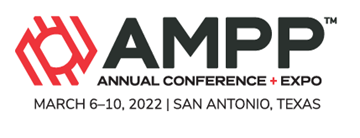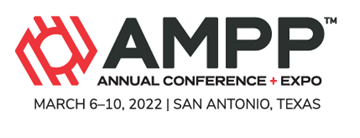Search
Online Conference Paper
View as
Sort by
Display
per page
Assessing Comprehensive Mechanistic CO2 Corrosion Modeling Methods and Their Impact on Predicted Corrosion Behavior
Product Number:
51324-20656-SG
Publication Date:
2024
$40.00
Assessing Environmentally Assisted Cracking Of Structural Alloys In Molten Salts
Product Number:
ED22-17120-SG
Publication Date:
2022
$20.00
Assessing Stainless Steel Compatibility in Flowing Fluoride Salts
Product Number:
ED22-18337-SG
Publication Date:
2022
$20.00
Assessing Structural Vulnerabilities: Analyzing the Effects of Wildfires on Power Industry Steel Infrastructure
Product Number:
51324-21141-SG
Publication Date:
2024
$40.00
Assessing Susceptibility of Insulation Materials to IGSCC under Hot and Wet Conditions: A Novel Test Method
Product Number:
51324-20920-SG
Publication Date:
2024
$40.00
Assessment And Rehabilitation Of Piping Inside Water And Wastewater Treatment Plants
Product Number:
51322-18200-SG
Publication Date:
2022
$20.00
Assessment of Ammonium Chloride Corrosion in Refinery Crude Distillation Unit Overhead Conditions
Product Number:
51324-21131-SG
Publication Date:
2024
$40.00
Assessment of Cement-Lined Pipelines and Challenges
Product Number:
MPWT19-14342
Publication Date:
2019
$0.00
Assessment of Marker Pens for Compatibility with Tank Linings: Implications for Performance
Product Number:
51324-20783-SG
Publication Date:
2024
$40.00
Assessment Of Neutron Irradiation Damage In Aggregates
Product Number:
ED22-17265-SG
Publication Date:
2022
$20.00
Assessment Of Precorrosion Methods For Inhibitor Testing Under Sour Conditions
Product Number:
51322-17903-SG
Publication Date:
2022
$20.00
Asset Integrity Confidence Enhancement: A Case Study in Enhancing Facilities Integrity through the Management of Inherited Risk from the Manufacturing and Fabrication Phase of a Facility's Life Cycle
Product Number:
51324-21067-SG
Publication Date:
2024
$40.00












